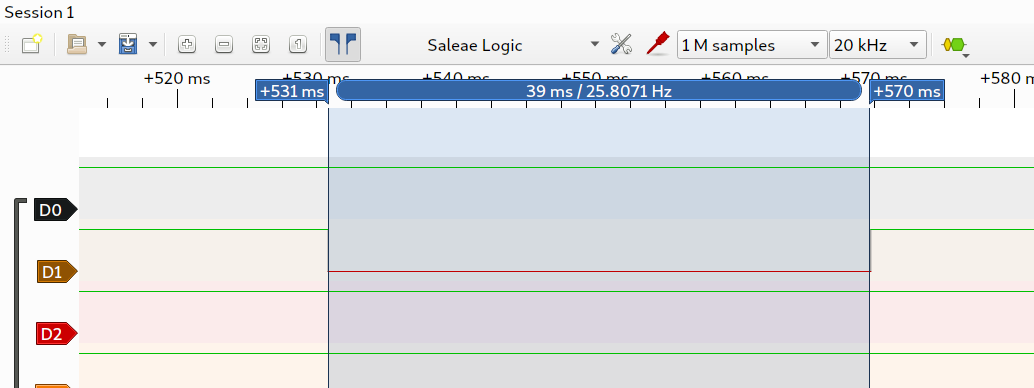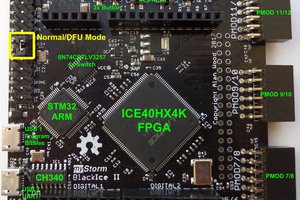Cryptocurrencies are the new 'trendy' things in 2018 and why don't we go with the trend by mining them with like, a lot of microcontrollers? Of course it'd be very, very, very slow, probably even slower than a CPU from 10 years ago, but it's all about the experience and the process, not the end result.
I took the inspiration from the hashing boards used in the AntMiner S9: Each board will be equipped with a lot of 'mining MCUs' and one 'controller MCU'. The controller gets work from a pool server, then breaks it down into smaller chunks and send them to the mining MCUs where the work will be performed. The result will then be sent back to the controller to be sent back to the pool server.
Some requirements:
- Cheap, preferably under $200 because I don't have much capital to sink
- Hashrate should reach 10kH/s at SHA-256
- [to be added later]
This project is still in the researching phase so nothing here is concrete and may subject to changes in the future.
 Ho Tuan Kiet
Ho Tuan Kiet




 Chaz
Chaz

 Casual Cyborg
Casual Cyborg
 fruchti
fruchti
I am trying the same project as you, but with teensy 4.0... Your last post is from 2018, hope you are well... but with the new teensy 4.0 (600 MHz + 2048 KB flash) i think the scales just tipped!